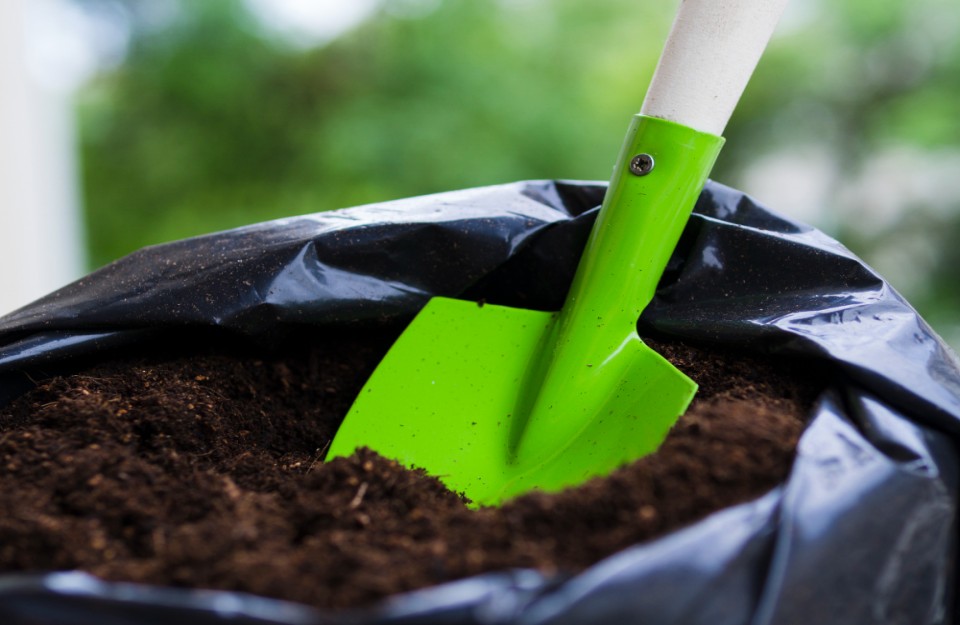
Which Fertilizer is Best for Agriculture, Learn Types and Usage in Detail
By khetivyapar
पोस्टेड: 08 Apr, 2024 12:00 AM IST Updated Mon, 08 Apr 2024 08:04 AM IST
The optimal fertilizer choice for agriculture in India varies depending on soil type, crop varieties, and specific nutrient requirements. Typically, a blend of organic and inorganic fertilizers is recommended to enhance crop growth effectively. Organic options such as composts, vermicompost, and farmyard manure contribute to soil fertility and structure, while NPK fertilizers ensure essential nutrients for post-production plant growth. Soil testing and expert consultation are vital for identifying the most suitable fertilizer for individual agricultural needs. India offers a range of fertilizers, broadly categorized into organic and inorganic types.
Organic Fertilizers:
- Manure: Decomposed organic matter sourced from crop residues, animal waste, and kitchen scraps.
- Vermicompost: Compost produced by earthworms breaking down organic materials, enriching soil with vital nutrients and enhancing structure.
- Farmyard Manure (FYM): Decomposed animal waste, abundant in nutrients and organic content, fostering soil fertility and structure.
- Green Manure: Leguminous crops cultivated specifically to enrich soil when plowed back, adding essential nutrients.
- Biofertilizers: Microorganisms like nitrogen-fixing bacteria and phosphate-solubilizing bacteria enhance nutrient availability and promote plant growth.
Inorganic Fertilizers:
- NPK Fertilizers: These fertilizers consist of Nitrogen (N), Phosphorus (P), and Potassium (K), essential nutrients for plant growth. They come in various forms like urea, ammonium sulfate, diammonium phosphate, and potassium chloride.
- Micronutrient Fertilizers: These fertilizers contain trace elements such as boron, zinc, manganese, copper, and molybdenum, necessary in small quantities but vital for plant growth and development.
- Slow-Release Fertilizers: These fertilizers release nutrients gradually over time, reducing the need for frequent application and minimizing nutrient leaching. Examples include sulfur-coated urea, osmotic-release granules, and controlled-release fertilizers.
However, it's crucial to note that the combination of these fertilizers should be based on soil type, crop requirements, and specific agricultural needs for optimal results.
